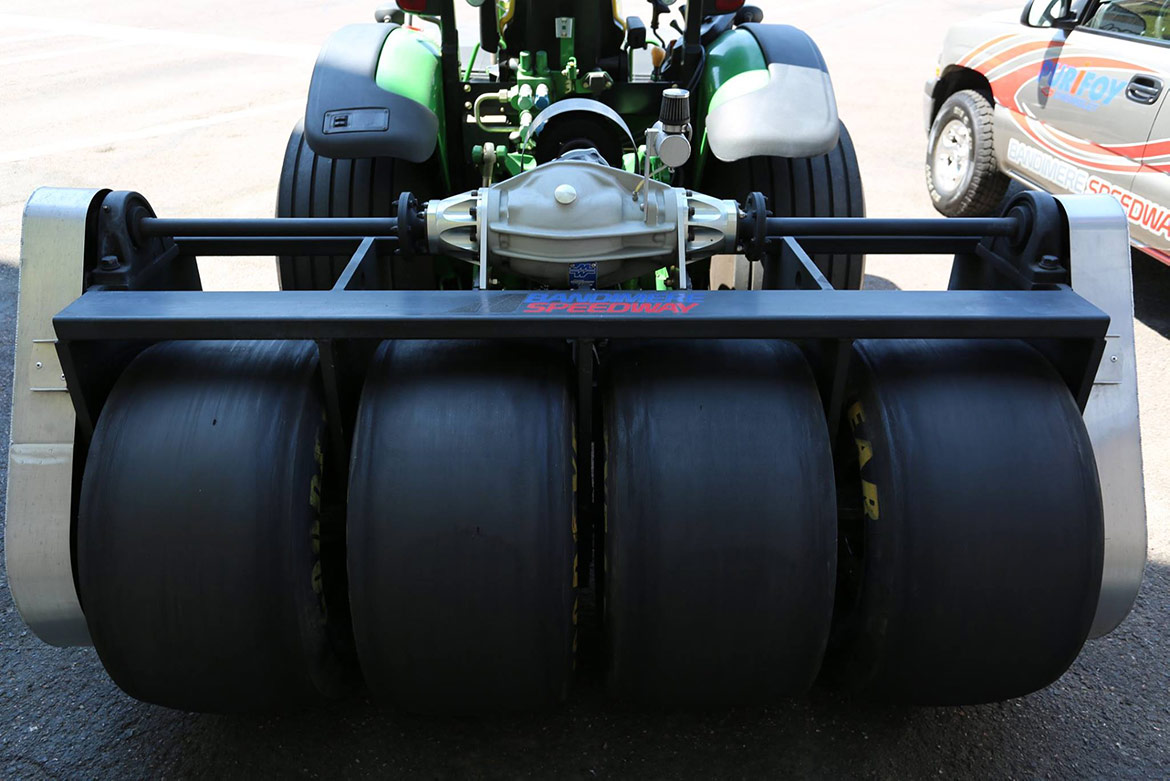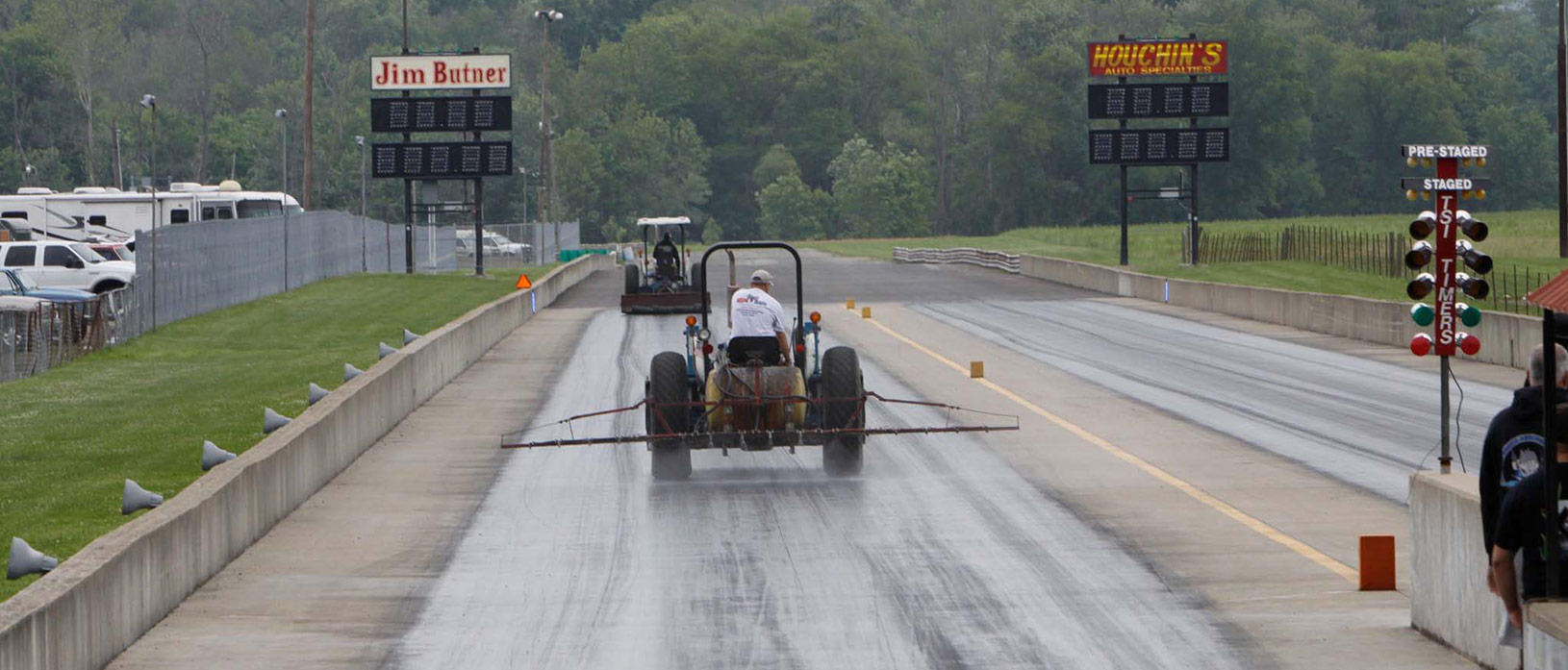Prep or No-Prep: That Is the Question – Track Prep
6 years ago Racing
A handful of readers recently made comments wanting to know both the back story on track prep and some explanation of “No-Prep” racing that seems to be sweeping the country. So let’s kick it off.
We are going to go over the back story on track prep. We discussed the evolution of drag racing a few articles ago. Referring back to that, when the NHRA became a “thing” and events started getting more competitive is roughly when track prep really started to have a major role in the sport. As mentioned, drag racing as a sport was an evolution of street racing “street” cars and taking the grudge off the street and moving to the track. The move was largely done in part to make it safer for drivers AND spectators, and remove the bystanders from the mix. It also made for a good way to turn the activity into a sport or competition.
When drag racing started to take off (pun intended), you have to look at the type of cars and power levels that were present during the time. The roots of drag racing took place on the street, salt flats, airport access roads, airport runways and the like. Little could be done to alter the surface the early races were taking place on. It wasn’t until designated drag strips began building that track prep really started to take form. As more drag strips started opening and more events were organized and held, the more racers began flocking to race their cars and push the boundaries. As competition goes, tit for tat, the battle to climb to the top of the horsepower chain began.
Early racecars were raw, mechanical, basic, packed full of very little “tech”. The original drag cars, with their limited horsepower and mechanical abilities, required little prep in order to perform properly in a race. Nothing more than dry, clean and smooth pavement was needed to flex your muscles. As more and more tracks opened and people took to the track, horsepower levels in racecars quickly began to climb. Sanctioned events and series began on a national level. Rubber and tire technology, as well as vehicle technology, began to grow at a rapid rate. These ingredients pressed the need for a means to manage traction on the drag strip. It doesn’t matter how much power your engine makes, if you can’t get it to the ground and get the car moving, it won’t do you any good.
Let’s talk about tire spin. Not only does tire spin affect the overall results of a car’s performance on the track via the elapsed time (E.T.), but tire spin is also volatile and dangerous. When you have crazy amounts of horsepower all being released in an instant, things can get out of control quickly. Track prep evolved alongside drag racing and aided in pushing the sport further by providing a means to get cars off the line faster, safer and in a more controlled manner.

These days, track prep really is a science. While all sorts of methods, chemicals, processes and tricks have been tried over the years, it all boils down to science and physics. It all starts with a perfectly flat and level concrete surface. After that, depending on the expert you talk to is where the magic happens.
Track prep for an event consists of making sure the track is clean and dry. Then, a mixture of chemicals is applied to the surface causing a reaction within the rubber compound of the tire. Mix in some heat from a burnout, and you get a super sticky and tacky surface.
In addition to chemical mixtures, different machinery is used to prep the track. The newest form of machinery in providing ultimate stick uses drag tires on the back of a tractor that spin backwards as the tractor moves down the track laying down layers of rubber on top of the surface. There are many things track prep wizards have to sort out when prepping an event, such as what type of cars and tires will be running, air temp, surface temp, current surface conditions of the drag strip, etc. Every event requires its own unique prep as no two days are the same, nor are any two race events. These prep-masters have it so fine-tuned; depending on the conditions, they can achieve zero tire spin, period.

The NHRA uses track prep for the opposite reason. When Top Fuel got “too fast”, before limiting their track length to 1,000 feet from 1,320 feet, as well as a variety of other class rules, NHRA would prep less to prevent the cars from hooking up so perfectly and in turn slow them down.
Next time, we will talk about the latest craze…No-Prep racing.
Future installments: Prep or No Prep: That is the Question – No Prep




